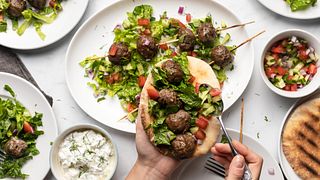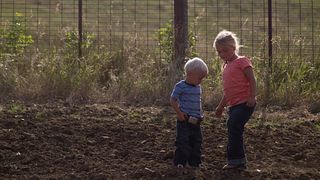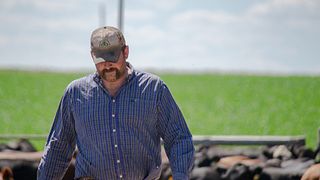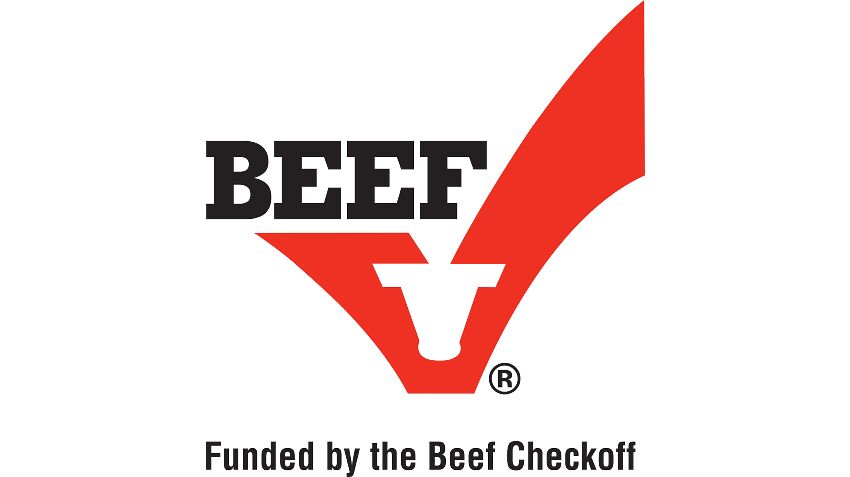Checkoff Information & Forms
By law, all producers selling (bovine) cattle or calves, for any reason and regardless of age or sex, must pay $1-per-head to support beef/veal promotion, research and information through the Beef Promotion and Research Act created by the 1985 Farm Bill. This is the Beef Checkoff Program.
Most buying and selling fall into the four categories below. For information abut who and when to remit your Beef Checkoff Dollars explore the information and videos below. If there are any questions, contact the New York Beef Council for further clarification.
Remittance Forms
Direct Marketers

There is a very common misconception that the checkoff is collected when animals are harvested, however that is not the case. Producers who are marketing meat directly to consumers either by quarters and halves or by the cut by law must remit the dollar, for every animal harvested to sell, directly to the New York Beef Council. A dollar a head is due and can be remitted once a year by the seller. Since the meat is being sold to various customers the buyer is considered miscellaneous.
CCE/ 4-H County Fairs

Livestock sales are an important component of many county 4-H programs throughout the state. The sale of 4-H livestock programs are not exempt from remitting the checkoff. Check with your auction organizer to find out if the dollar checkoff was remitted on your behalf. It is important to educate our youth on all that goes into raising and marketing production animals. These sales are considered like any other private treaty sale and can be remitted once a year after fair season or cattle shows.
Dairy
The Beef Checkoff was established to include all bovines including dual-purpose animals such as dairy cattle. A dollar is collected through the sale barns every time an animal is sold regardless of it's age or stage of production. The checkoff is also due on private sale of dairy animals to other producers or cattle dealers. This includes dairy replacements and bull calves for dairy beef or veal that are sold directly to the producer.
Redirection of Checkoff Assessment

The New York Beef Council works hard to bridge the gap between beef producers and consumers. We work diligently throughout the year to invest the Checkoff dollars that we receive not only from beef producers in New York State, but also the various special projects made possible with support from other Beef Council.
Stay updated on these efforts by subscribing the Beef Checkoff Funded Drive Newsletter


Share This Page